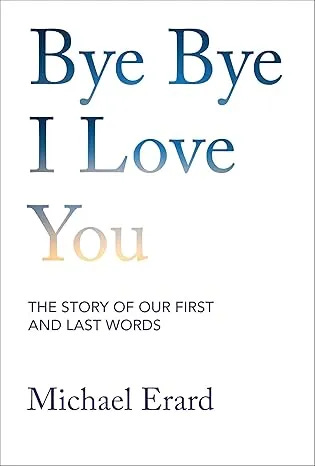The quest for the first Indo-Europeans, and whales communicating like humans
New DNA evidence emerges in the hunt for the first speakers of Indo-European, and researchers discover that whalesong shares a property of human language never before found in the animal kingdom.
It’s an exciting week in the world of linguistics! Two studies were just published that are each creating quite the media buzz—I give you the tl;dr below!
Welcome to this week’s edition of Discovery Dispatch, a weekly roundup of the latest language-related news, research in linguistics, interesting reads from the week, and newest books and other media dealing with language and linguistics.
A quick update for those of you who enjoy my book recommendations: I’m now a Bookshop.org affiliate! Bookshop.org connects you to independent bookstores so you can buy your books directly from them instead of chain stores or Amazon.
This means that if you’d like to purchase a book recommendation and support Linguistic Discovery at the same time (at no extra cost to you), you now have two ways of doing so: Amazon or Bookshop.org.
Thank you for supporting Linguistic Discovery!
📋 Contents
🗞️ Current Linguistics
Recently published research in linguistics.
A couple exciting new pieces of research came out this week!
First, the quest for the first speakers of Indo-European languages continues unabated. Ever since linguists discovered that they could reconstruct ancient languages in the late 1700s, the field has been obsessed with discovering the linguistic homeland (Urheimat) of the Indo-European language family, spawning several conflicting hypotheses.
This latest research lends additional weight to the widely-accepted Steppe Hypothesis, which proposes that the original Indo-Europeans were situated on Pontic-Caspian Steppe just north of the Black Sea sometime around 4000 BCE. Scholars typically point to the Yamnaya people who were present there at the time as the likely speakers of the original Indo-European language (known as Proto-Indo-European). The Yamnaya were herders who adopted wheel technology around 3300 BCE, a technological innovation which helped them spread rapidly throughout Eurasia. In support of the Steppe Hypothesis, DNA evidence has previously shown that almost everywhere Indo-European languages are spoken today, there is a genetic connection to the Yamnaya.
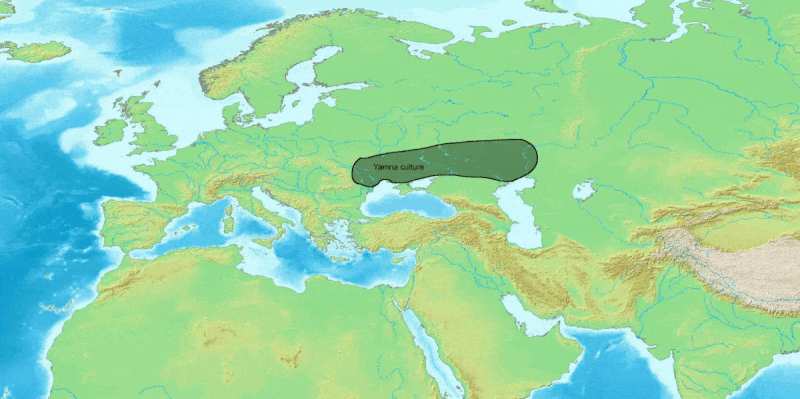
This new research goes further and provides evidence for the origin of the Yamnaya themselves. The authors show that around 4400 BCE, there was a genetically diverse group of people living on the steppes, which the authors call the Caucasus-Lower Volga cline, or CLV. The Yamnaya were one of the groups that descend from this mixed population. Around 400 years later (c. 4000 BCE), some of the descendants of this CLV population migrated south into Anatolia (modern Turkey), eventually giving rise to the oldest written evidence of an Indo-European language, Hittite (attested c. 1600–1200 BCE).
Meanwhile, the CLV groups remaining on the steppes continued to mix with other populations, giving rise to the Yamnaya, who began their expansion into much of Eurasia c. 3300 BCE.
You can read a summary of their research aimed at a general audience here.
They also wrote a behind-the-scenes article telling the story of how this research came together, which was a neat read:
Indo-European origins: A new solution to an old puzzle [Springer Nature]
And some additional reporting here:
Ancient DNA points to origins of Indo-European language (NYT)
Landmark studies track source of Indo-European languages (Harvard Gazette)
Genetic and geographical origins of Eurasia's influential Yamna culture (Nature)
How one language family took over the world: Ancient DNA traces its spread (Nature)
The original research is actually a pair of related research articles published by overlapping groups of authors:
📖 Recommend Reading
The canonical general audience book about the search for the original Indo-Europeans is The horse, the wheel, and language (Amazon | Bookshop.org) by David Anthony, which is truly excellent even if it’s now about 17 years behind on research developments:
However, we’ll soon be graced with a new book by J.P. Mallory on the Indo-Europeans (Amazon | Bookshop.org) and how DNA evidence have contributed to our understanding of their origins, coming out in May:
Next up, we have developments in the much more recent quest to understand whalesong. 🐳 Research in animal communication has seen a boom in the last decade, driven in part by advancements in machine-learning algorithms and AI, as documented in the fun recent book, How to speak whale (Amazon | Bookshop.org).
Now, a team of researchers have analyzed eight years’ worth of humpback whale songs, and not only found recurring patterns (which we already knew about), but found that those recurring patterns follow a statistical tendency that is found in human language but never before found in the communication of other animals.
That statistical tendency is Zipf’s Law, which you may remember reading about in the first issue of Discovery Dispatch two weeks ago. Zipf’s Law states that the most frequent word in a language occurs twice as frequently as the second most frequent word, three times as frequent as the third most frequent word, and so on. In technical terms, the relationship is:
The research team discovered that the repeating parts of whalesong adhere to Zipf’s Law as well. Their explanation? Culture. It is thought that Zipf’s Law is a reflection of how humans (and now whales, it seems) learn, and that systems with a Zipfian frequency distribution are more easily learnable than other distributions. This would mean that whalesong, like human language, is culturally learned rather than innate. And, it so happens, other recent research has shown that whale songs do in fact spread culturally throughout the ocean as different pods of whales interact with one another.
What’s next? Birdsong, according to the authors. 🐦🎶 Stay tuned for updates.
This research has the science community abuzz, so there’s already lots of reporting about it:
Whalesong patterns follow a universal law of human language, new research finds (The Conversation)
Whale songs obey basic rules of human languages (Scientific American)
Whale song's similarity to human speech astonishes scientists (The Times)
Humpback whale songs are structured like human languages (Science)
Convergent evolution in whale and human vocal cultures (Science)
Read the original research article in Science here.
On the same day, another paper was published by a different author in Science Advances called “Language-like efficiency in whale communication”, showing how both Zipf’s Law and another statistical tendency called Menzerath’s Law apply to whalesong. This one’s open access, so you can read it here.
📖 Recommended Reading
📃 This Week’s Reads/Watches/Listens
Interesting articles/videos/podcasts I’ve come across this week.
Fellow linguistics communicator @Human1011 posted an awesome 30-minute video on YouTube this week about the history of pronouns in English:
Arika Okrent, author of the fantastic book In the land of invented languages (Amazon | Bookshop.org) recently wrote an article for Mental Floss about the definition of the word the. Why? Because the and its equivalents in other languages is perhaps the most important word in human language—and also the most frequent.
What does the mean? (Mental Floss)
📚 Books & Media
New (and old) books and media touching on language and linguistics.
It’s pretty rare I find books on child language acquisition for a popular audience (the only other one I typically recommend is The infinite gift [Amazon | Bookshop.org]), so I’m very happy to see this book (just released this week!), titled Bye bye I love you (Amazon | Bookshop.org) by linguist Michael Erard. But what’s especially interesting is that the book covers language at the end of the lifespan as well, which is not a topic I’ve seen researched elsewhere. Can’t wait to read this one.
I just got a copy of Writing beyond writing by Tim Brookes, who I mentioned the other week for his interview in Babel magazine. This book is less about linguistics per se, and more of a cultural and philosophical exploration of writing. It looks really neat. I’ll update you as I read it, or you can grab your own copy here.
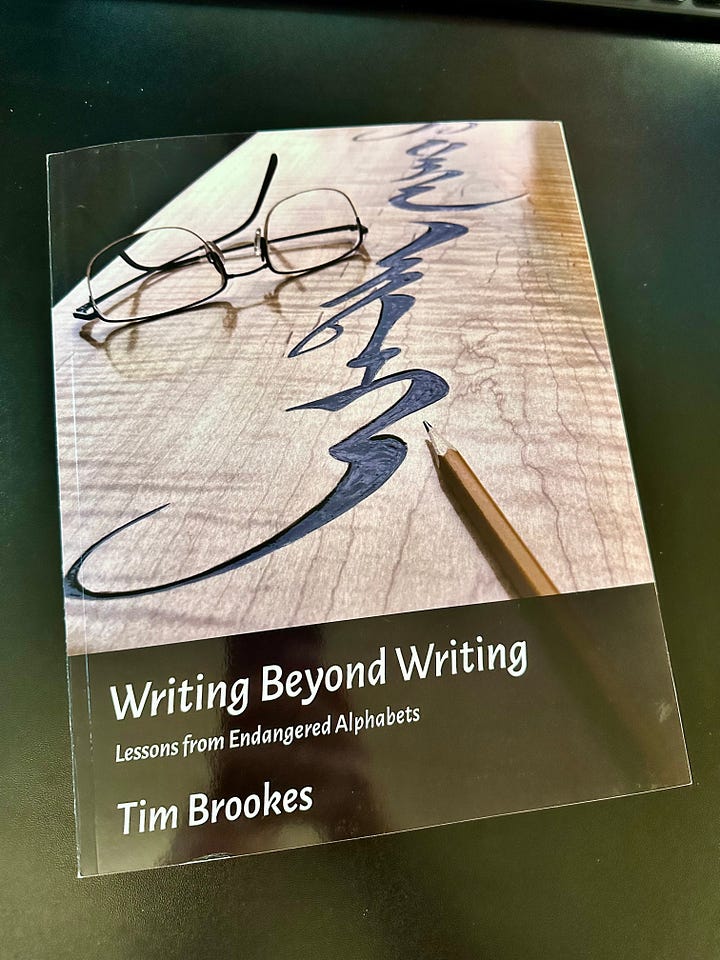
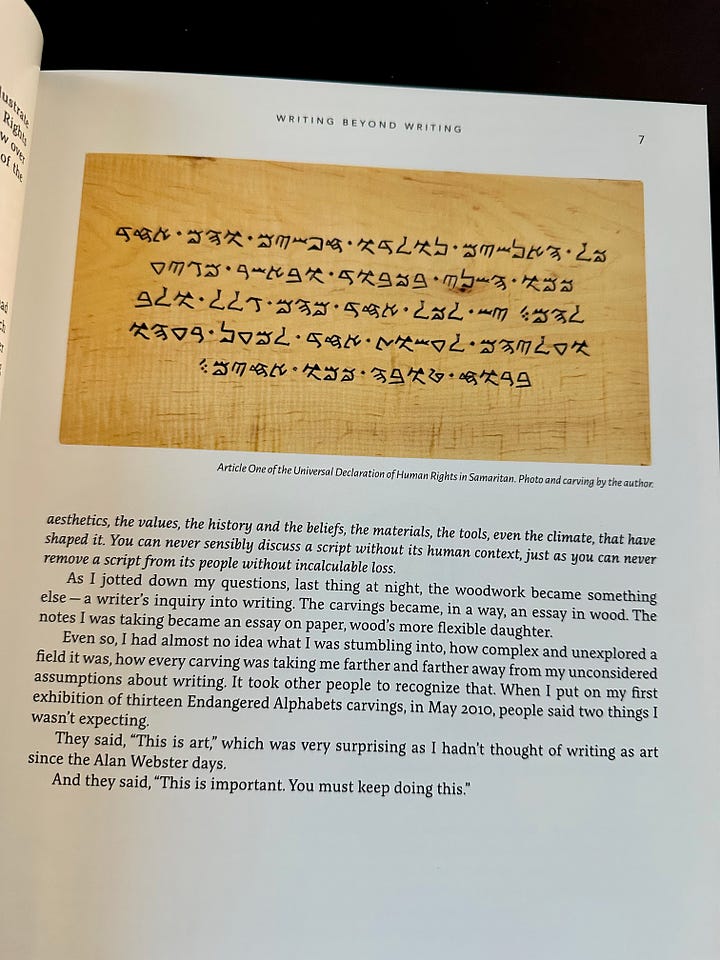

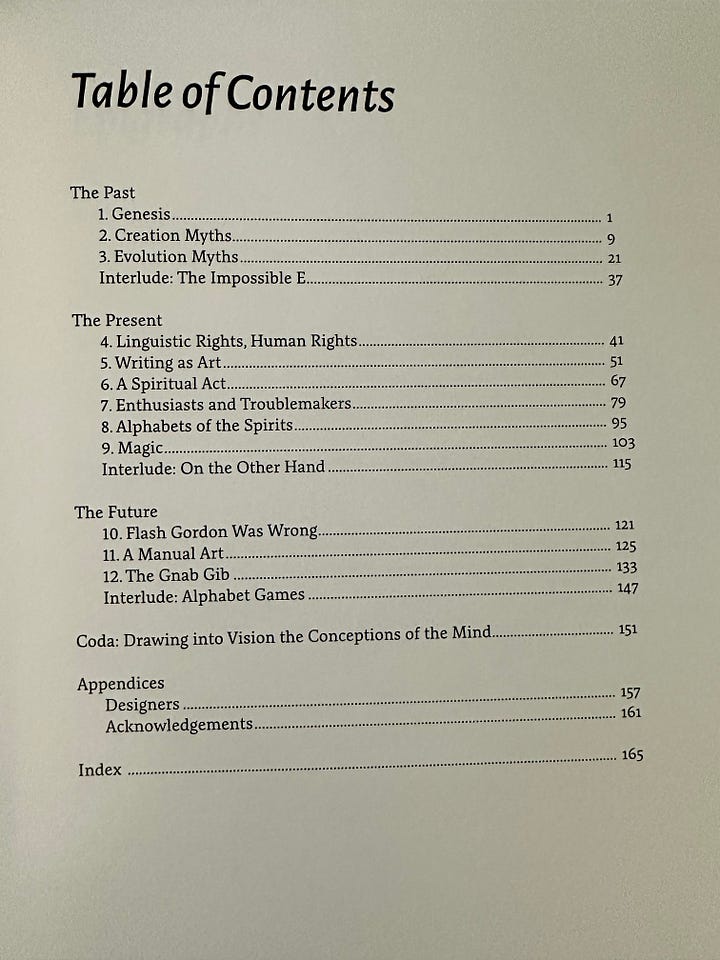
Lastly, I was reminded of the existence this week of a 2017 documentary all about conlangs (constructed languages) called Conlanging: The art of crafting tongues. It features David J. Peterson (creator of Dothraki and High Valyrian from Game of Thones), Marc Okrand (creator of Klingon from Star Trek), and Paul Frommer (creator of Na’vi from Avatar), among others.
And that’s what’s new this week in the world of linguistics! Thanks very much for reading, and I hope you have a great week! As always, I’d love to hear what you think about this digest: How can I improve? What do you like about it? Email me here!
~ Danny
The Amazon and Bookshop.org links in this issue are affiliate links, which means that I earn a small commission from those companies for purchases made through them (at no extra cost to you).
If you’d like to support Linguistic Discovery, purchasing through these links is a great way to do so! I greatly appreciate your support!







